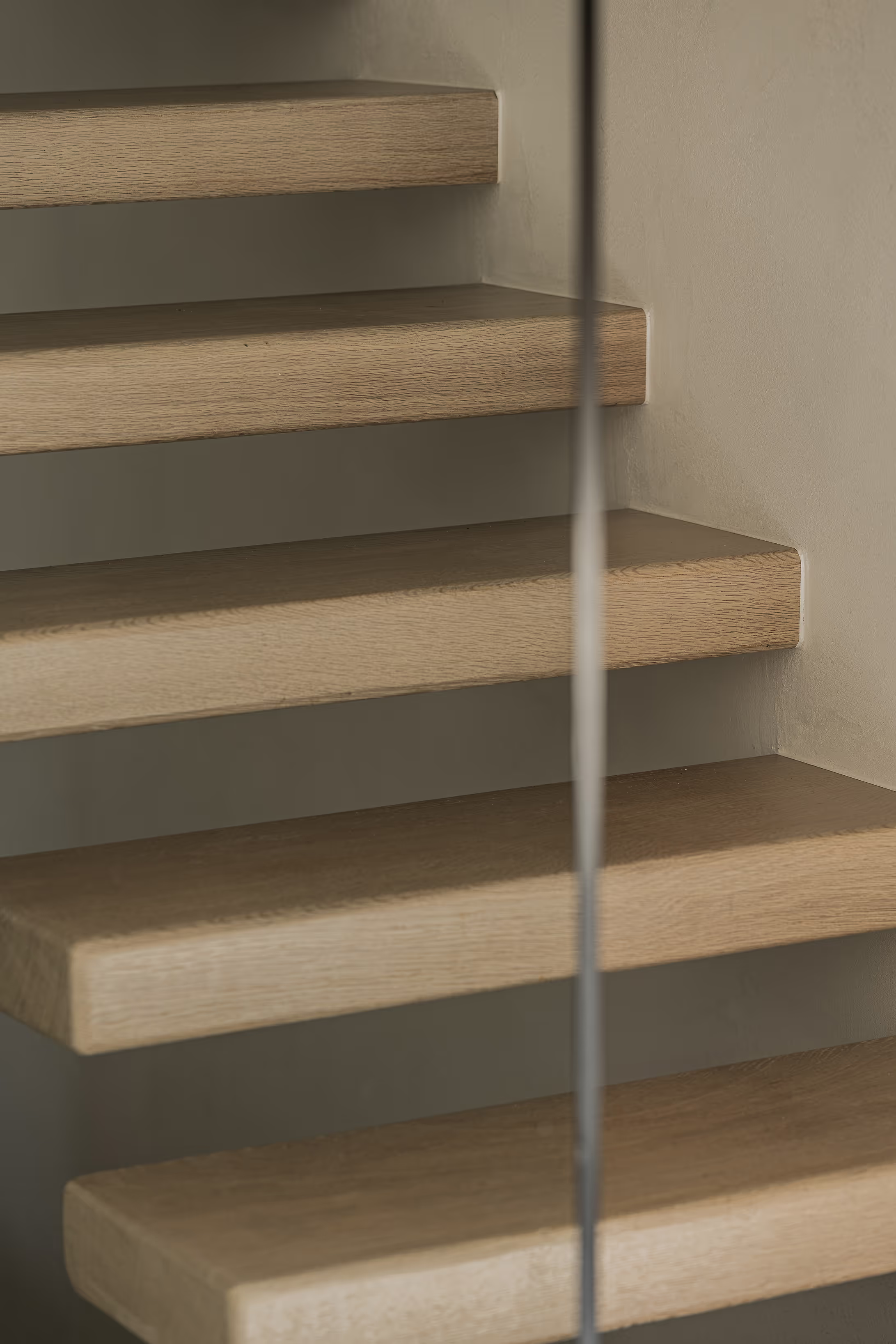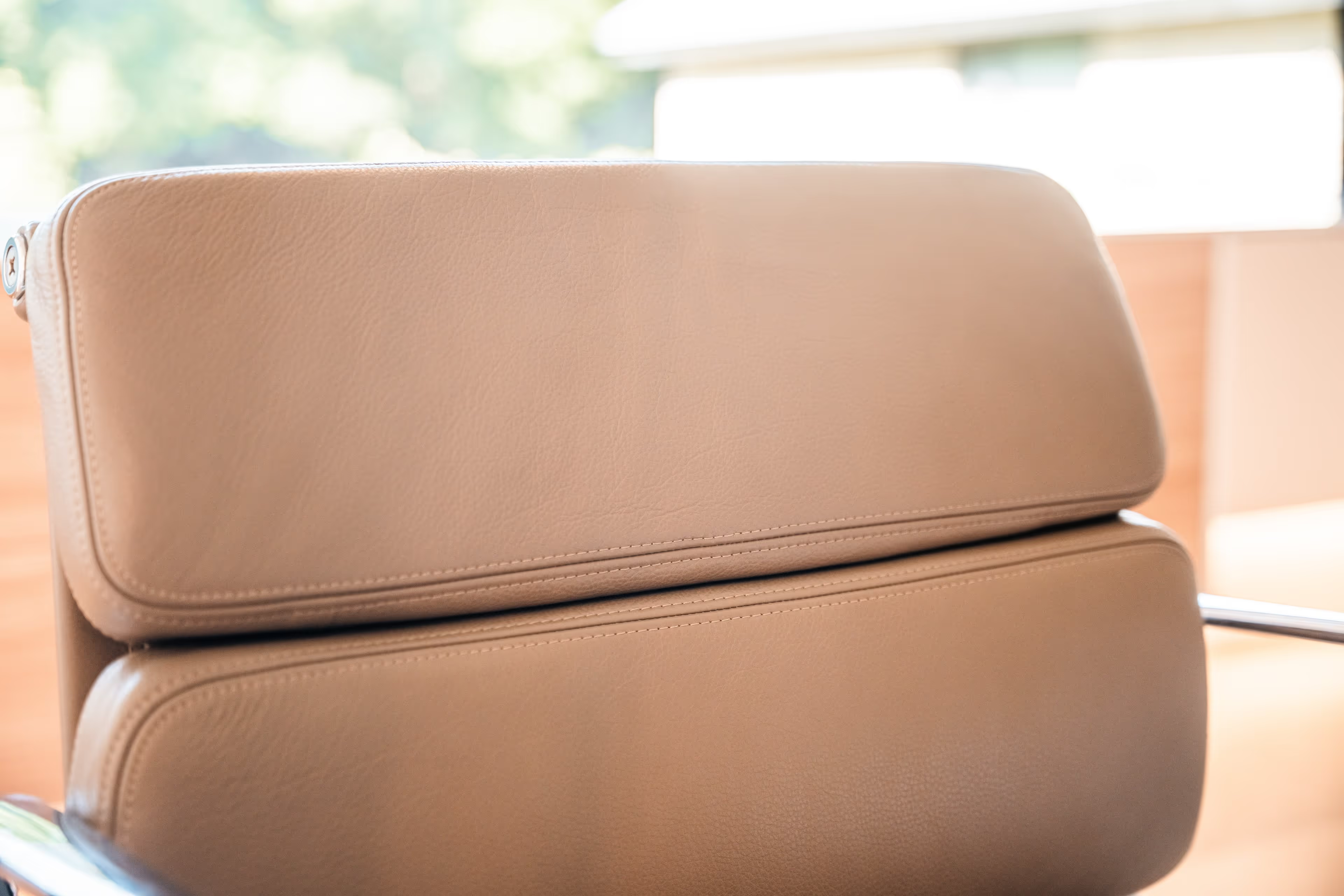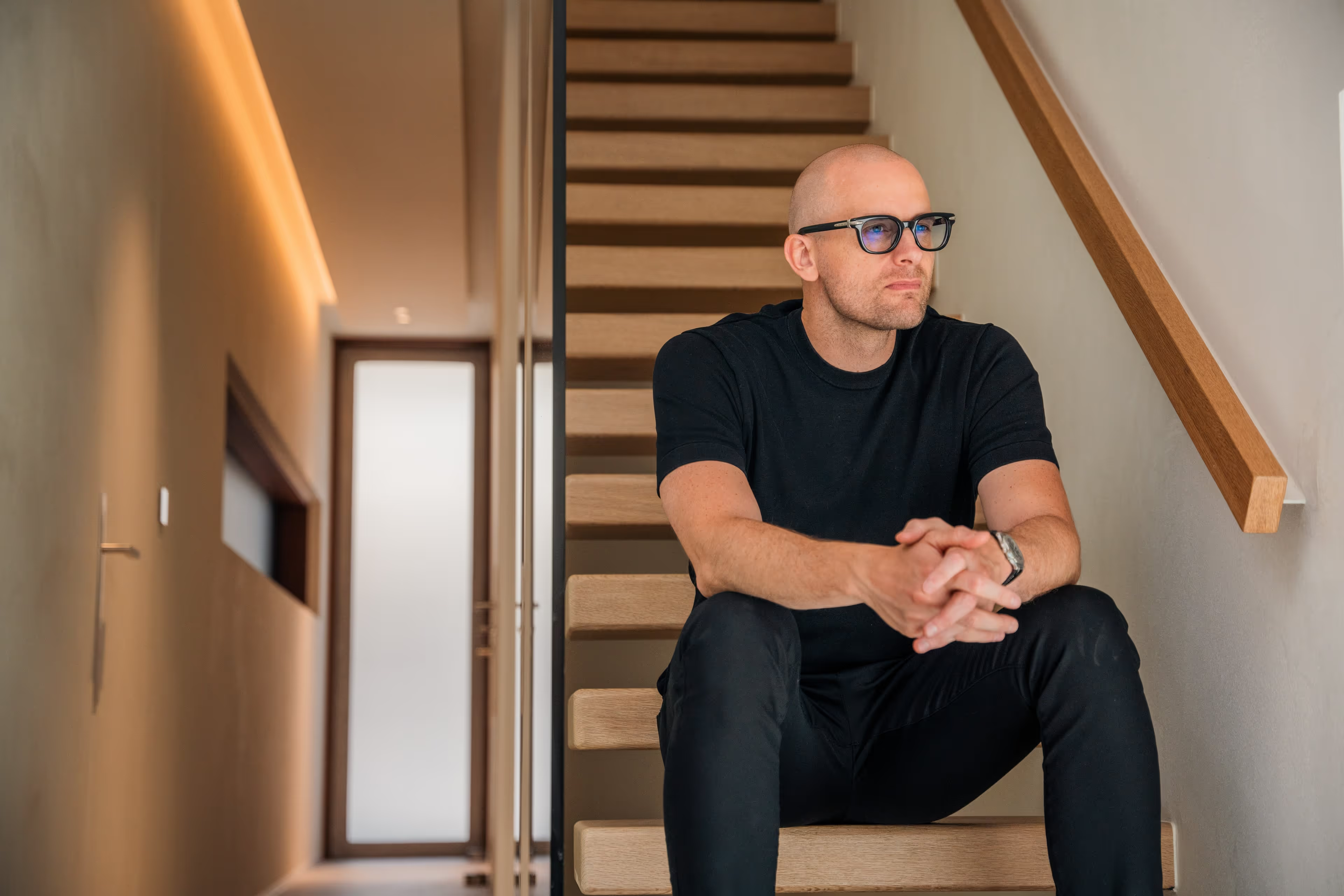Treatment at Catershoek Surgical Center
The Catershoek Surgical Center offers an exclusive, quiet and discreet environment for aesthetic facial surgery. Located in a serene location, the center combines high-tech facilities with a home-like atmosphere, so that you will feel immediately at ease.
At Catershoek , everything is about you, with personalized support from the same team of specialists from the beginning of your treatment to your recovery.








.avif)







.avif)